1. Thomas Edison and the Light Bulb
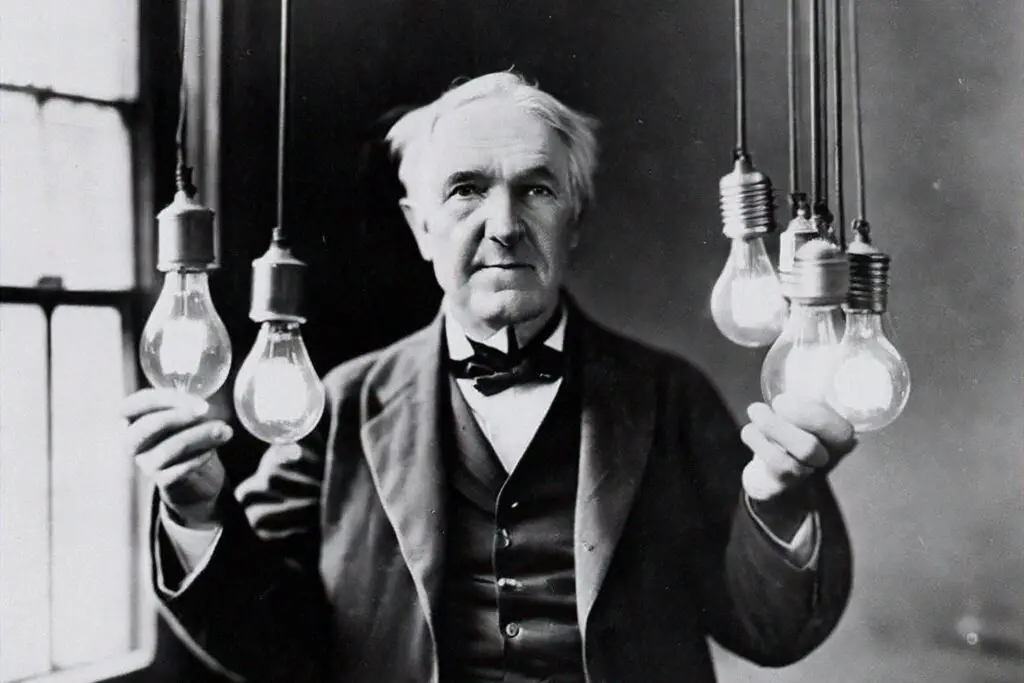
Thomas Edison is often credited with inventing the light bulb, but that title should be shared with several others, especially Joseph Swan. Swan, a British physicist, was working on creating a practical electric light around the same time as Edison. While Edison did make significant advancements in making the light bulb commercially viable, Swan’s design came first. In fact, Swan was granted a patent for his version of the bulb in 1878, two years before Edison shares National Geographic.
However, Edison’s relentless marketing and legal tactics eventually overshadowed Swan’s contributions. Edison’s light bulb design was deemed more efficient, which is why history remembers him as the inventor. Swan, frustrated by the recognition Edison received, even sued him for patent infringement. They eventually settled, but the damage to Swan’s legacy was done, with Edison’s name becoming synonymous with the light bulb for decades adds Cracked.com.
2. Alexander Graham Bell and the Telephone

While Alexander Graham Bell is widely acknowledged for inventing the telephone, many forget that Elisha Gray was working on a similar device at the same time. In fact, Gray filed a patent for his version of the telephone on the very same day as Bell. The two men were locked in a bitter legal battle, which Bell ultimately won, thanks in part to his early filing and aggressive legal representation shares Listverse.
What’s often overlooked is that Bell’s design wasn’t the first attempt at creating a telephone. Various inventors had been experimenting with the transmission of sound through electrical signals for years. Yet, Bell’s successful public demonstration of the telephone in 1876 cemented his place in history, while Gray’s work became a footnote in the story of telecommunication innovation says NBC News.
3. Christopher Columbus and the Discovery of America
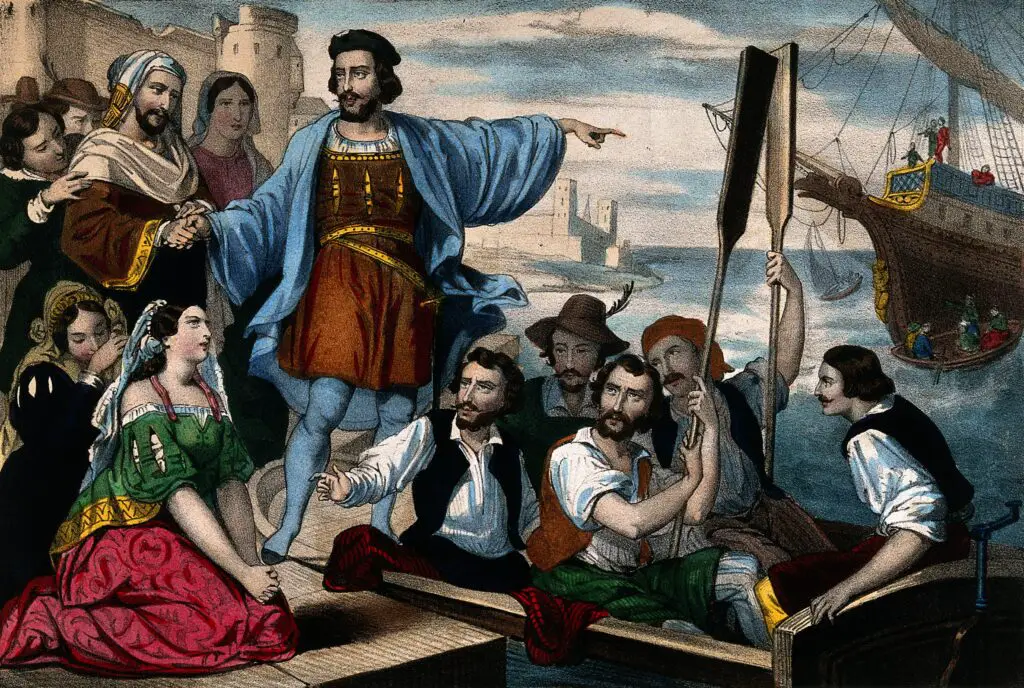
When we think of the discovery of America, Christopher Columbus’s name is often the first to come to mind. However, long before Columbus set sail in 1492, the Vikings, led by Leif Erikson, had already reached the shores of North America around 500 years earlier. Their settlement, Vinland, is thought to have been located in what is now Newfoundland, Canada.
While Columbus’s voyages were pivotal in linking Europe to the Americas, his claim to the “discovery” of the New World is misleading. Columbus never even set foot on the land we now call the United States, instead landing in the Caribbean islands. The story of the Americas’ exploration is far more complex, with many others laying the groundwork before Columbus’s famous journey.
4. Isaac Newton and the Discovery of Gravity
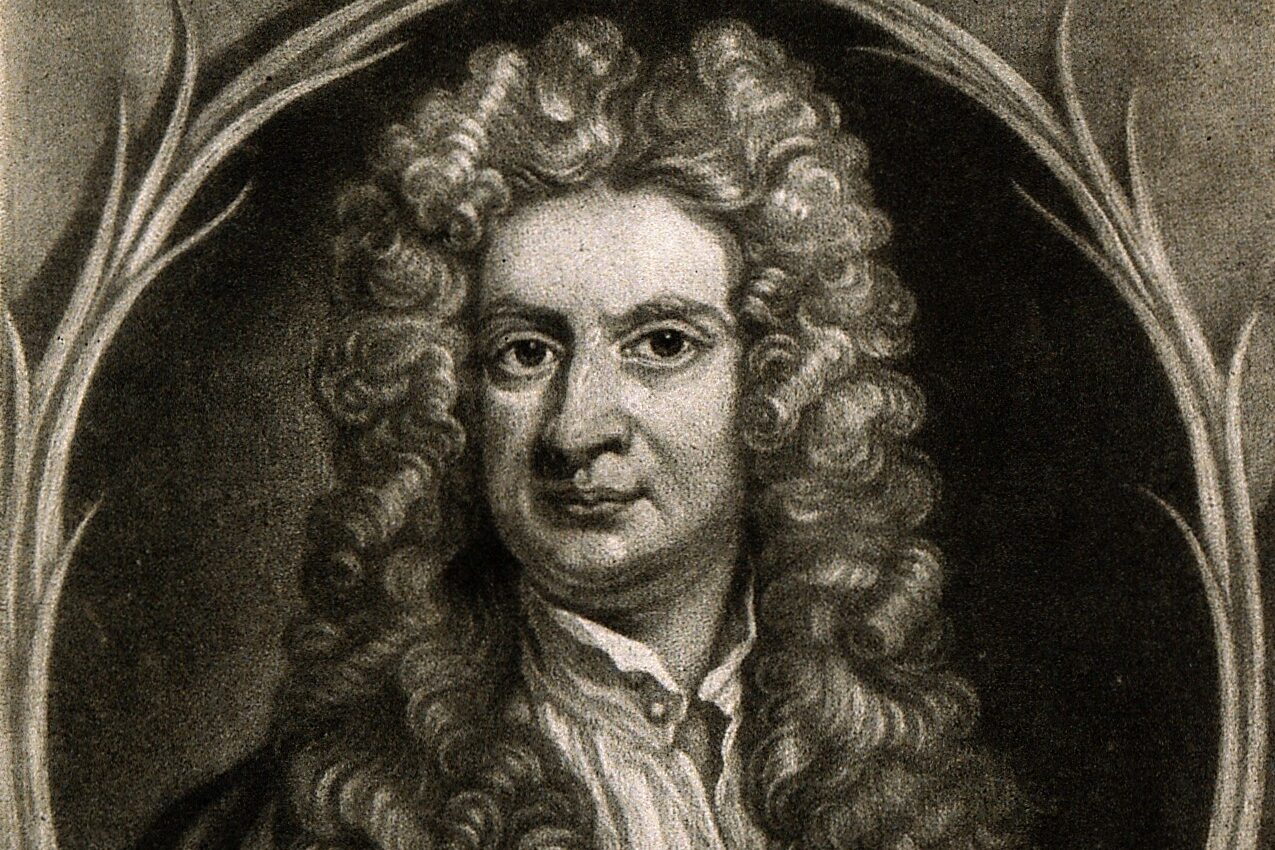
Isaac Newton’s law of gravity is iconic, but it wasn’t entirely original. Before Newton, the groundwork for gravitational theory was laid by other scientists, most notably Johannes Kepler and Galileo Galilei. Kepler’s laws of planetary motion were essential to understanding how celestial bodies interacted, and Galileo’s observations of falling objects contributed to the understanding of gravity’s effects.
Newton took these ideas and formulated his own theory of gravity, famously saying that an apple falling from a tree inspired his thinking. While his law of universal gravitation was groundbreaking, it’s important to recognize the contributions of others that paved the way for his work. Newton’s genius was in synthesizing existing knowledge into a cohesive theory that explained the force of gravity.
5. The Wright Brothers and Powered Flight
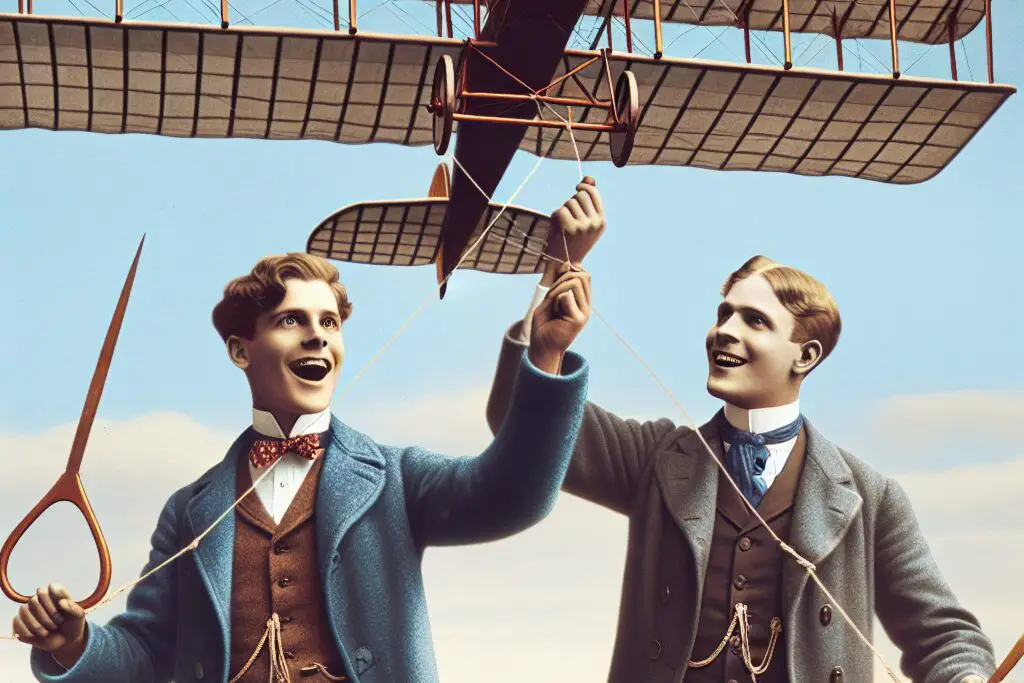
Orville and Wilbur Wright are celebrated for their first successful powered flight in 1903, but they were not the only ones working toward this goal. Around the same time, a German engineer named Otto Lilienthal had already made significant strides in human flight with his glider experiments. Lilienthal’s work laid the foundation for powered flight, and his untimely death in 1896 left a gap that the Wright brothers filled.
While the Wright brothers were the first to achieve controlled, sustained flight, they were deeply influenced by Lilienthal’s pioneering work. They also relied on earlier inventors like Samuel Langley, who had attempted to build a powered aircraft. The Wrights’ success was less about inventing flight from scratch and more about refining existing ideas and adding their own innovations, such as control mechanisms that made their aircraft more practical.
6. Albert Einstein and the Theory of Relativity
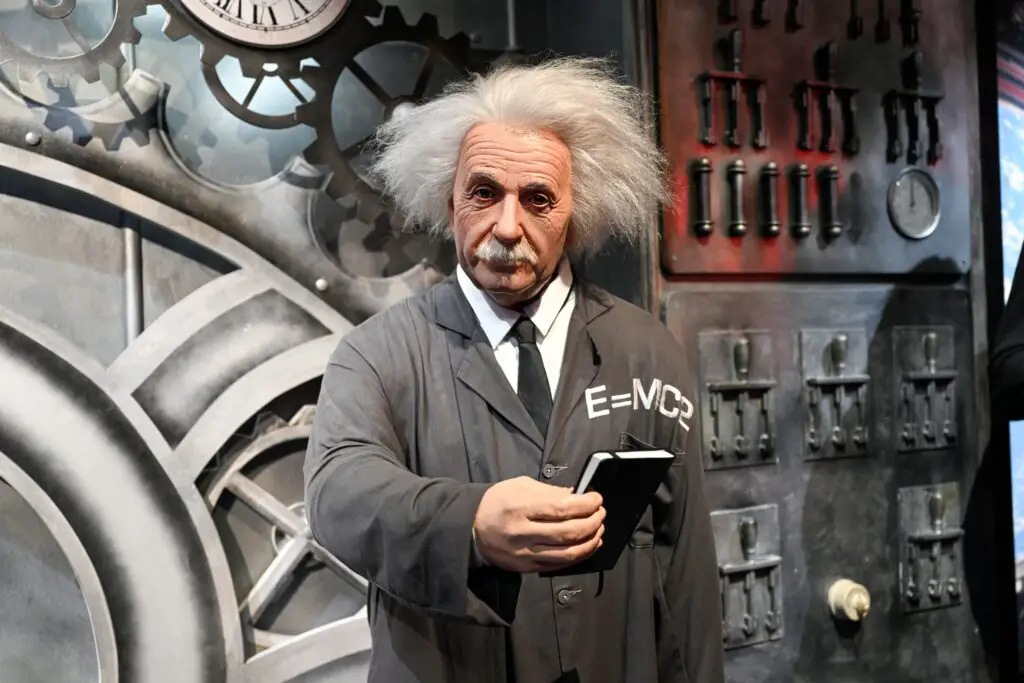
Albert Einstein is synonymous with the theory of relativity, but his ideas were not developed in a vacuum. Several physicists before him, including Hendrik Lorentz and Henri Poincaré, had already contributed to the understanding of relativity in the late 19th and early 20th centuries. Their work on the electrodynamics of moving bodies was crucial to the development of Einstein’s groundbreaking theories.
Einstein’s genius lay in his ability to combine these various ideas and form a new, unified theory. He also had the courage to challenge established scientific norms, such as the concept of absolute space and time. While his work revolutionized physics, it was built on the ideas of those who came before him, making him a product of collaboration and intellectual evolution.
7. Marie Curie and the Discovery of Radioactivity
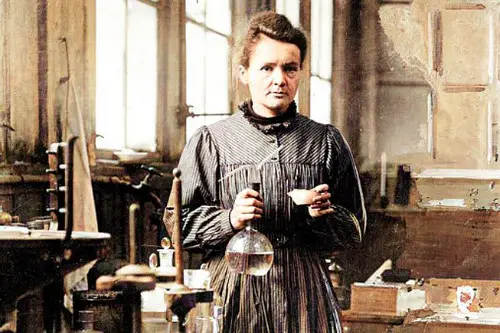
Marie Curie’s pioneering research on radioactivity earned her two Nobel Prizes, but her discovery wasn’t solely her own. While Curie’s work with uranium and thorium was groundbreaking, other scientists like Henri Becquerel had already made important discoveries in the field of radiation. Becquerel had discovered that uranium emitted rays, and Curie expanded upon this by isolating the element polonium and coining the term “radioactivity.”
Curie’s contributions were incredibly valuable, but it’s important to acknowledge the broader scientific community’s role in the discovery of radioactivity. She was building on a foundation laid by other researchers, including her husband Pierre Curie, who also played a significant role in her studies. Together, they pushed the boundaries of science, but the story of radioactivity is far from the work of one individual.
8. Benjamin Franklin and the Invention of the Lightning Rod
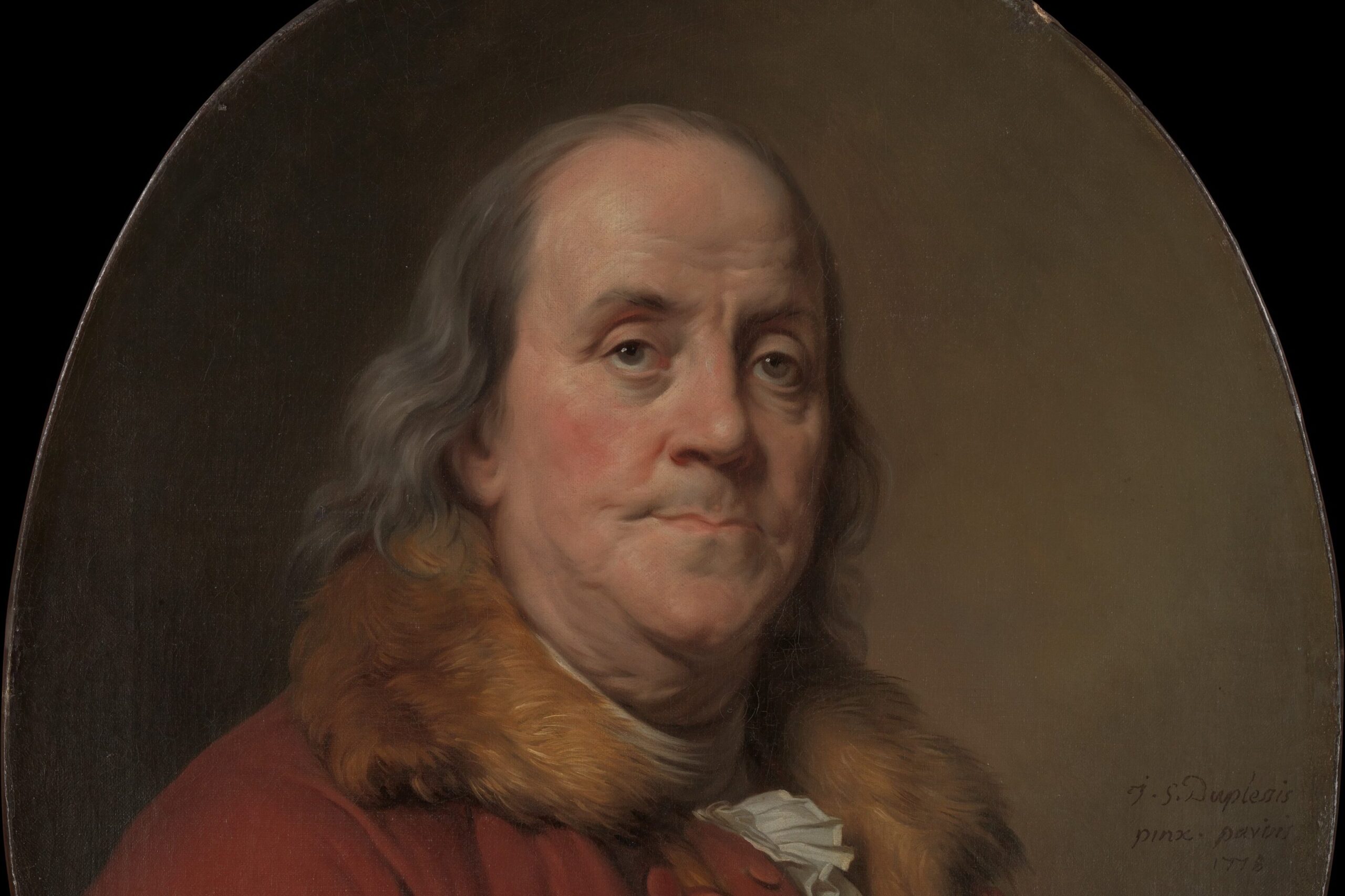
Benjamin Franklin is often credited with inventing the lightning rod, but the concept of using metal rods to protect buildings from lightning existed long before his famous experiment with a kite in 1752. In fact, Italian scientist Giovanni Aloisius Cagnoli had written about similar ideas in the 18th century. Franklin’s contribution was in popularizing the use of lightning rods and proving their effectiveness.
Franklin’s kite experiment, where he proved the electrical nature of lightning, was a key moment in the history of electricity, but it wasn’t the first spark of the idea. His ability to bring attention to the practical uses of electricity, especially in protecting buildings from lightning strikes, cemented his place in history. Yet, the actual design and implementation of the lightning rod were more about refining an existing idea than a completely new invention.
9. Marie Antoinette and “Let Them Eat Cake”
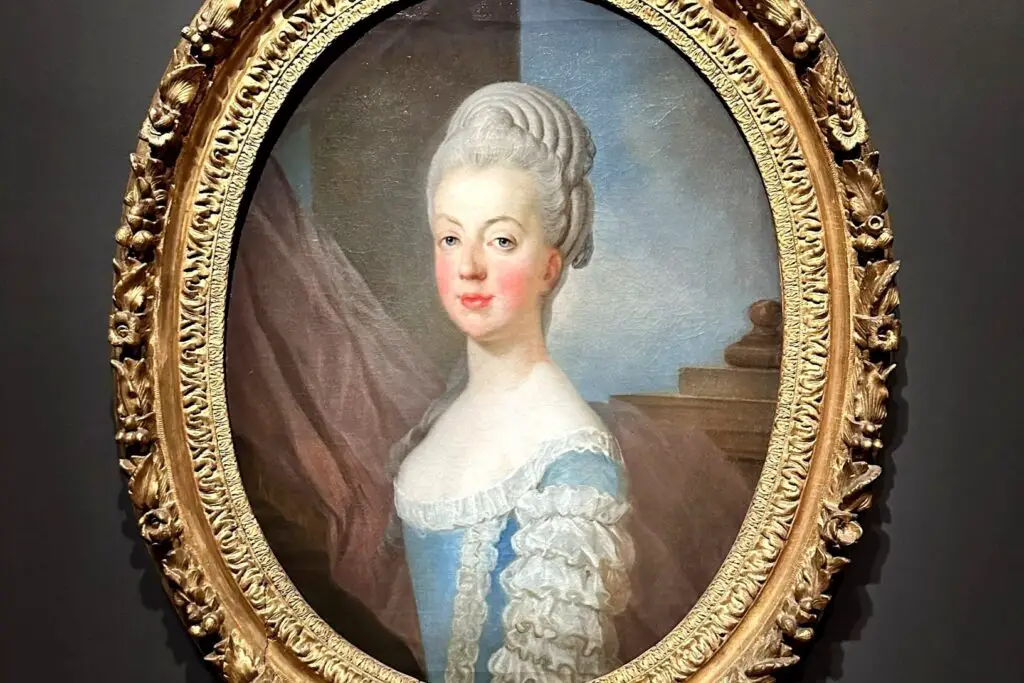
The phrase “Let them eat cake” is often attributed to Marie Antoinette, but there’s no evidence she ever said it. The line is believed to have been a piece of revolutionary propaganda aimed at discrediting the French queen. During the French Revolution, the monarchy was seen as out of touch with the common people, and this quote was used to further that narrative.
Historians believe that the phrase, if uttered, might have come from an entirely different source or was fabricated by revolutionaries to paint Marie Antoinette in a negative light. The phrase was meant to depict her as indifferent to the suffering of the poor, but in reality, it likely never passed her lips. Regardless, the damage was done, and the phrase has stuck with her legacy, unfairly framing her as out of touch.
10. John Logie Baird and the Invention of Television
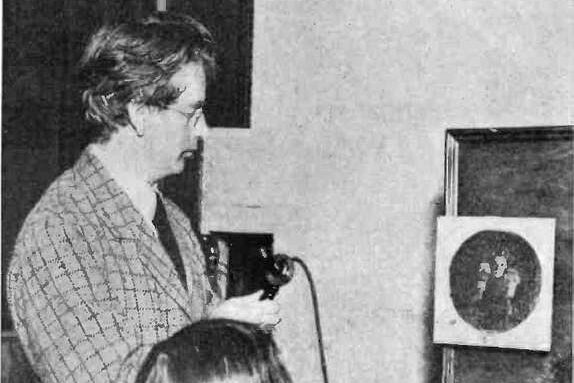
John Logie Baird is often credited with inventing the television, but his work was built on the efforts of many others. Charles Francis Jenkins, an American inventor, demonstrated the first working television system in 1923, a full three years before Baird’s public demonstration. Jenkins’ mechanical television system laid the groundwork for the television technologies that followed.
Baird’s contribution was significant, especially his development of the first publicly demonstrated color television system. However, his mechanical system was soon surpassed by electronic television systems, like those developed by Philo Farnsworth and Vladimir Zworykin. While Baird played an important role in the evolution of television, he wasn’t the sole inventor, and many others contributed to its eventual success.
11. Nikola Tesla and the Invention of Alternating Current

Nikola Tesla is often hailed as the father of alternating current (AC), but his work was influenced by the earlier developments of many other scientists. For example, Michael Faraday’s work with electromagnetic induction was critical to Tesla’s AC motor. Additionally, Tesla’s ideas were further refined by George Westinghouse, who played a major role in bringing Tesla’s inventions to the market.
While Tesla’s contributions to electrical engineering were groundbreaking, they were part of a larger body of work. His alternating current system became the standard for electricity distribution, but that success was thanks to a collaboration between inventors, engineers, and entrepreneurs. Tesla’s genius lay in his ability to create a functional system, but the foundation was built by many who came before him.
12. The Mona Lisa and the Mystery of Its Creation
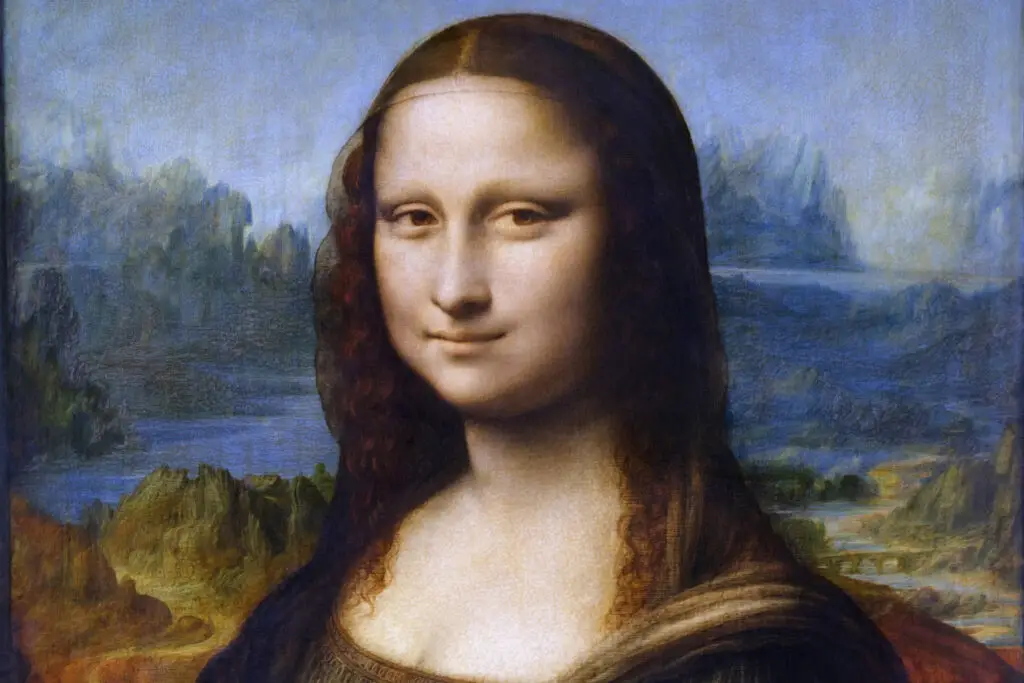
Leonardo da Vinci’s Mona Lisa is one of the most famous paintings in the world, but the story of its creation is far more complex than a single artist’s vision. While da Vinci’s mastery of portraiture is undeniable, there are theories suggesting that the painting may have been the result of collaboration. Some art historians believe that other artists may have contributed to the final work, particularly in the background and use of light.
Furthermore, the identity of the woman depicted in the Mona Lisa has been debated for centuries. While most believe she is Lisa Gherardini, a Florentine woman, some scholars argue that the painting might be a self-portrait of da Vinci himself. The Mona Lisa is not just a reflection of one artist’s vision but a product of many interpretations, leading to its enduring mystery.
13. Steve Jobs and the Personal Computer
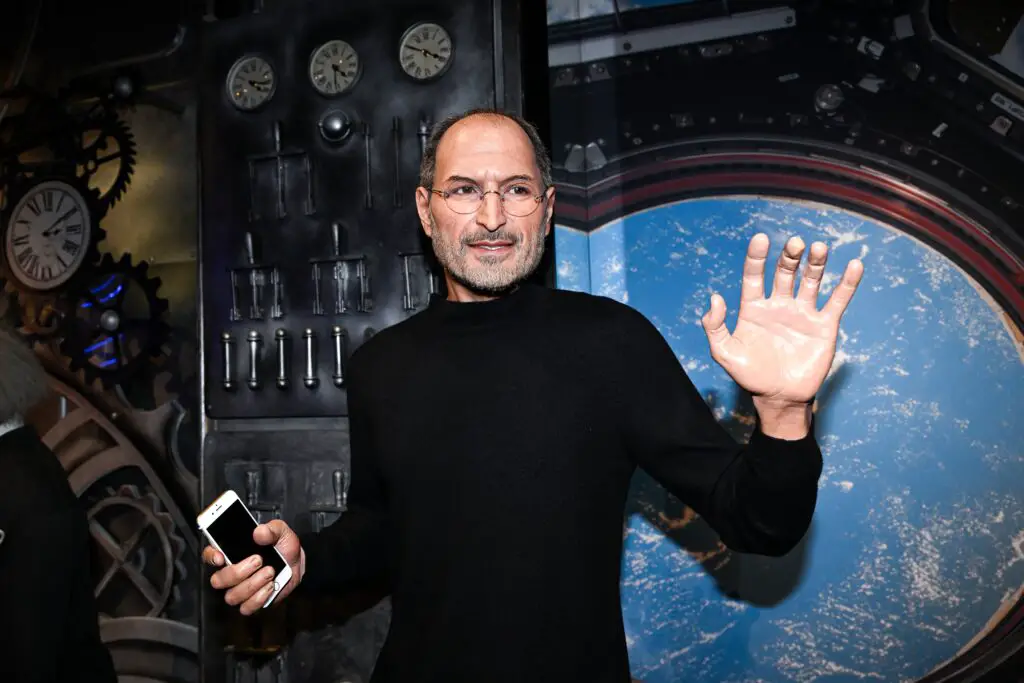
Steve Jobs is often hailed as the visionary behind the personal computer, but his role was more about design and marketing than invention. Jobs was a brilliant innovator, but many of the technologies that made personal computers possible were developed by others. For instance, the development of the graphical user interface (GUI) was largely credited to Xerox PARC researchers, who designed the first point-and-click interface.
Jobs took these ideas and integrated them into Apple’s first Macintosh computer. His genius was in turning these innovations into consumer-friendly products, but he didn’t create the technologies from scratch. Jobs’s strength lay in his ability to envision how technology could be accessible and desirable, but the foundation of personal computing was laid by a larger community of innovators.
14. Galileo and the Heliocentric Theory

Galileo Galilei is often credited with supporting the heliocentric theory that the Earth revolves around the Sun. However, the theory itself was first proposed by Copernicus decades before Galileo’s observations. Galileo’s telescopic discoveries, such as the moons of Jupiter, were crucial in providing evidence for the heliocentric model, but the idea was not entirely his.
While Galileo’s work was essential in challenging the geocentric view of the universe, he was building on Copernicus’s earlier work. Galileo’s observations were revolutionary, but they didn’t change the fact that others had already proposed the concept of a Sun-centered solar system. His contributions to science were monumental, but the heliocentric theory had roots that go deeper than his own discoveries.
